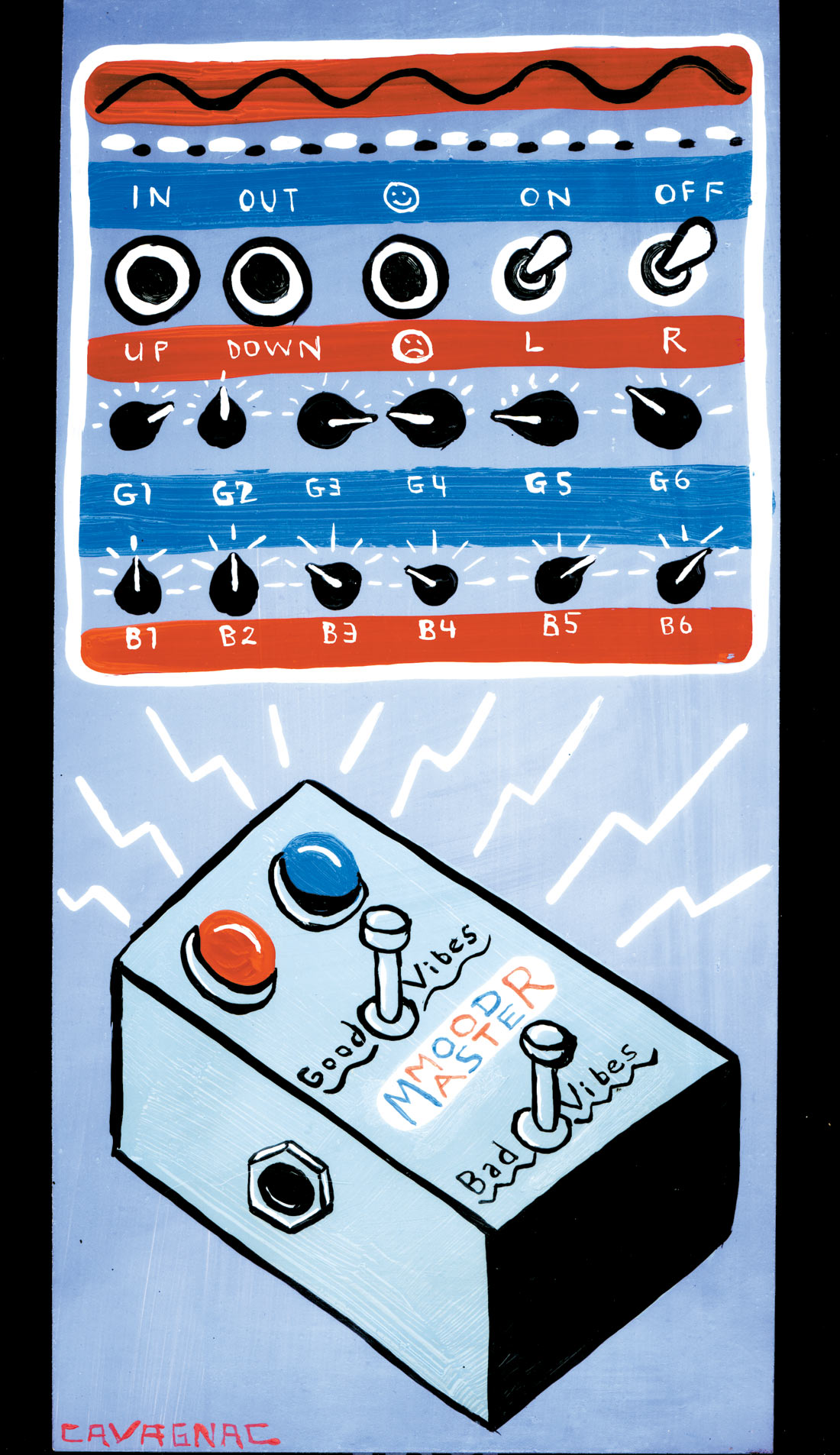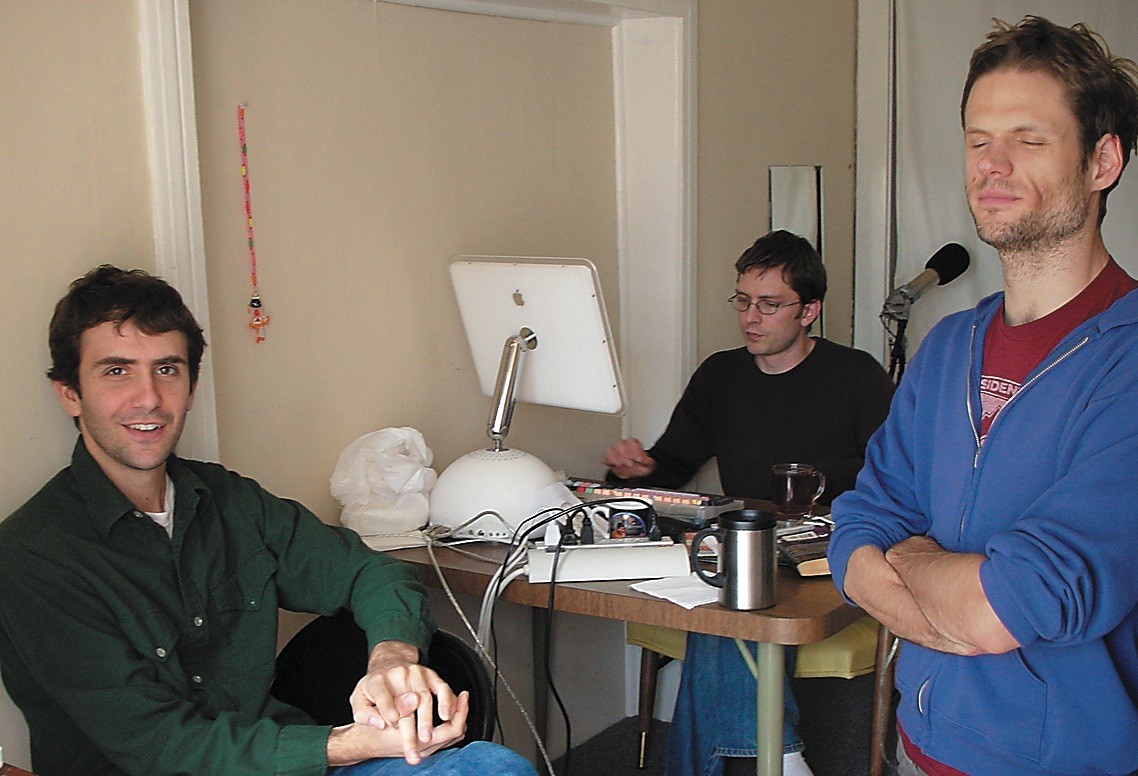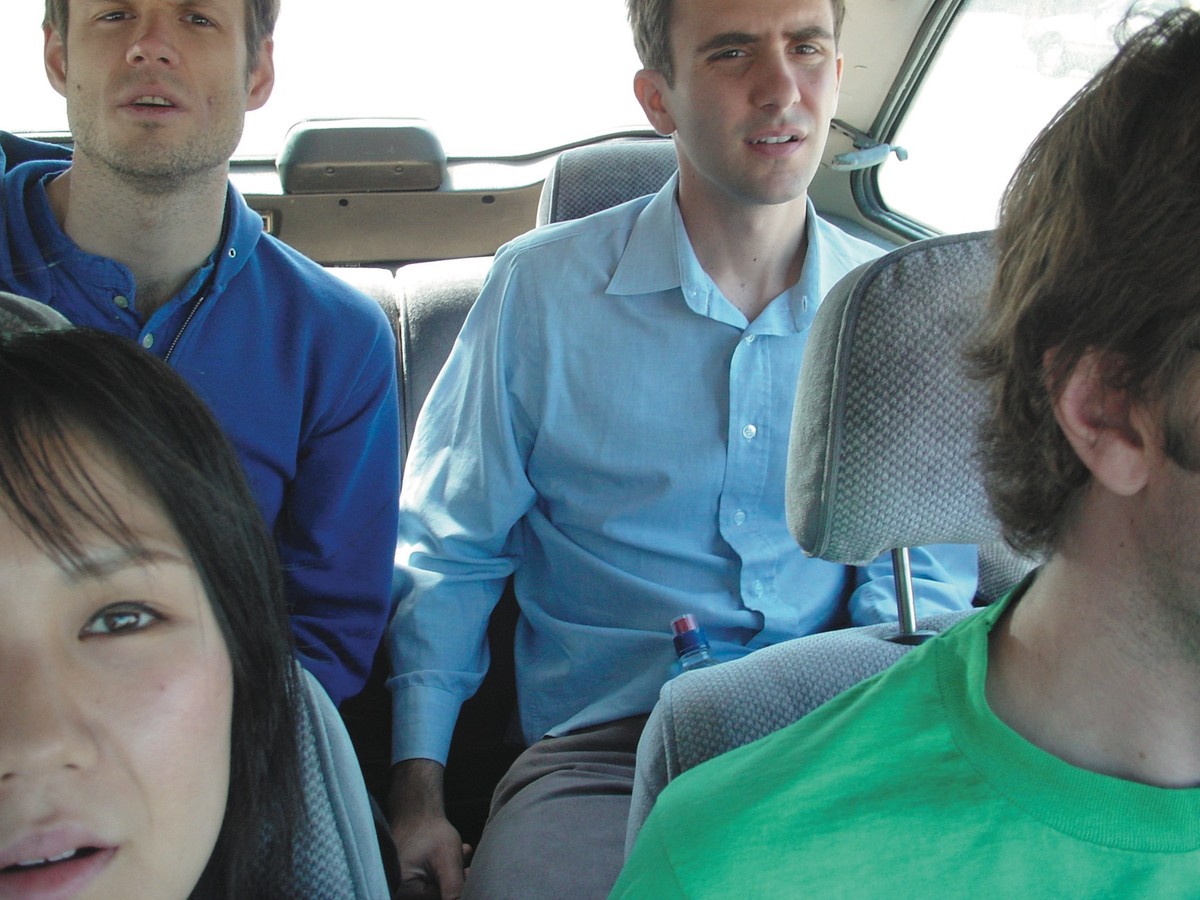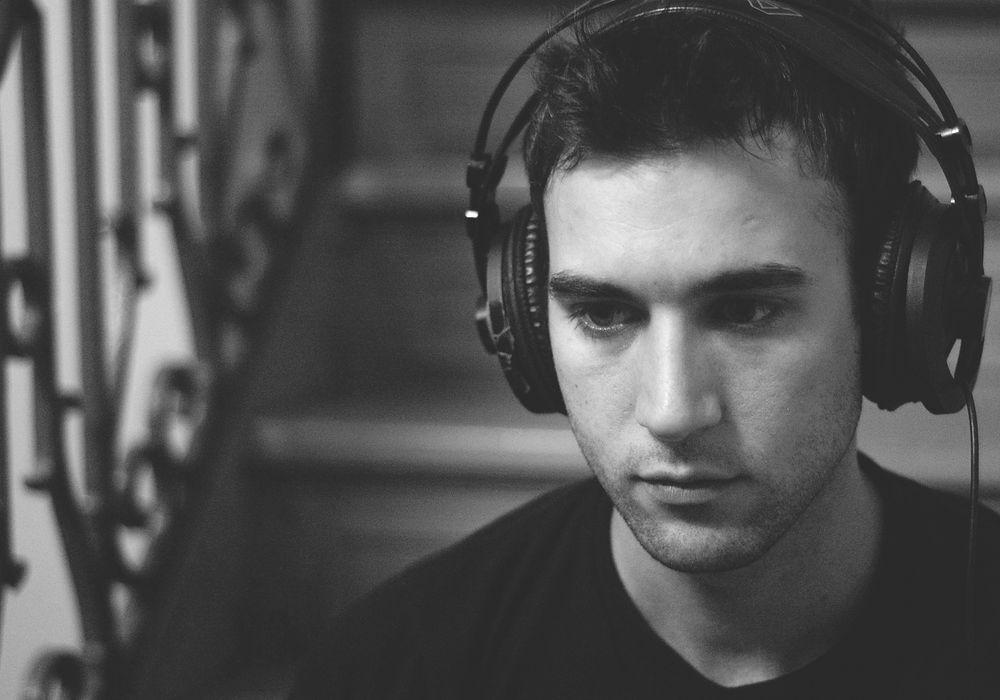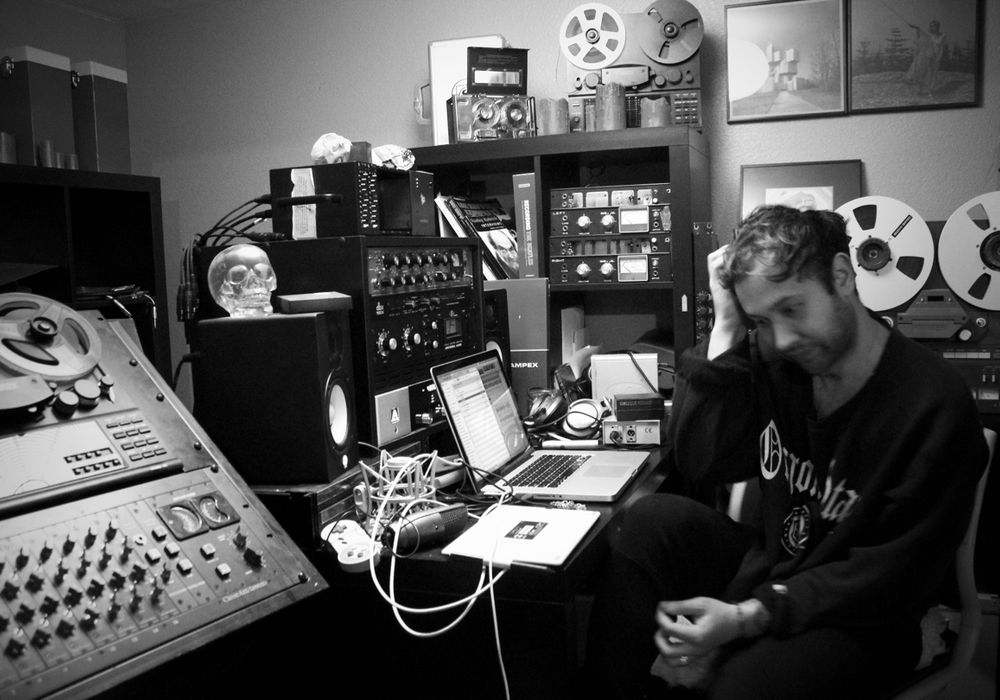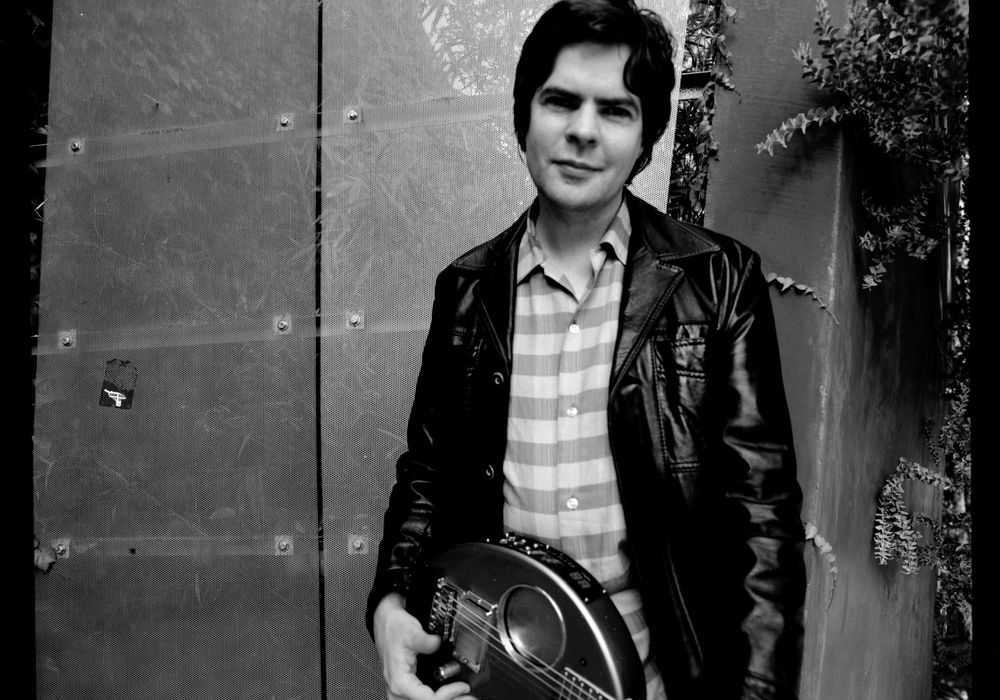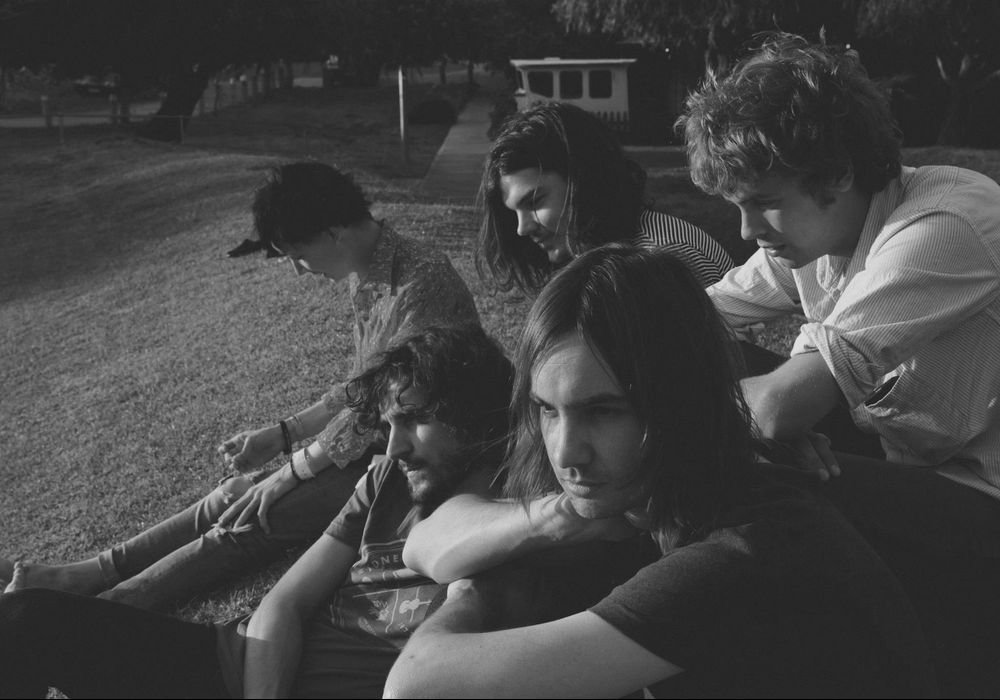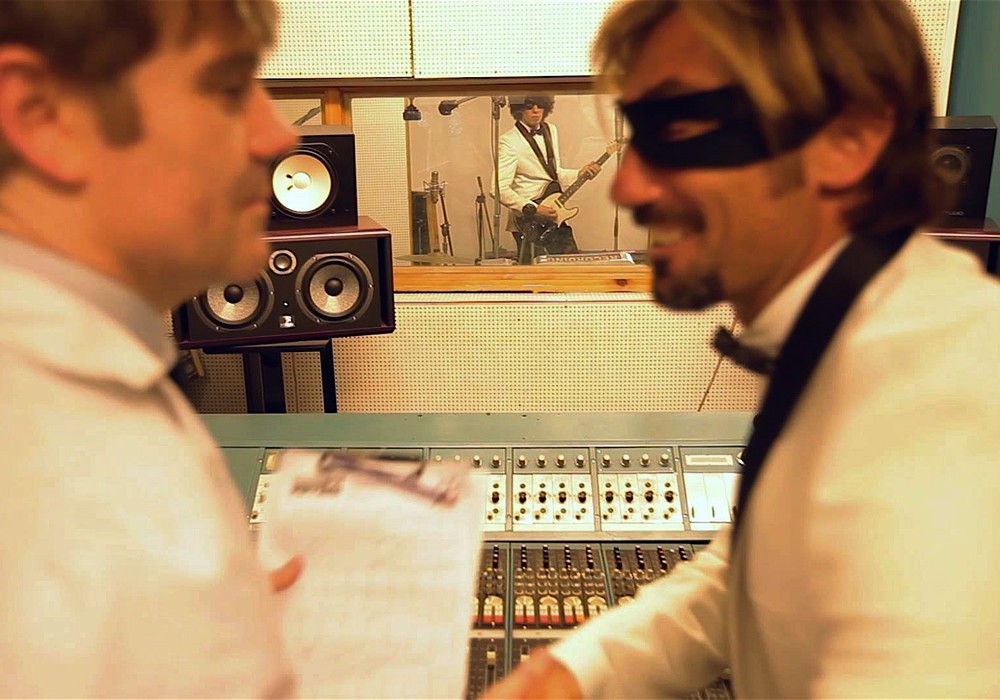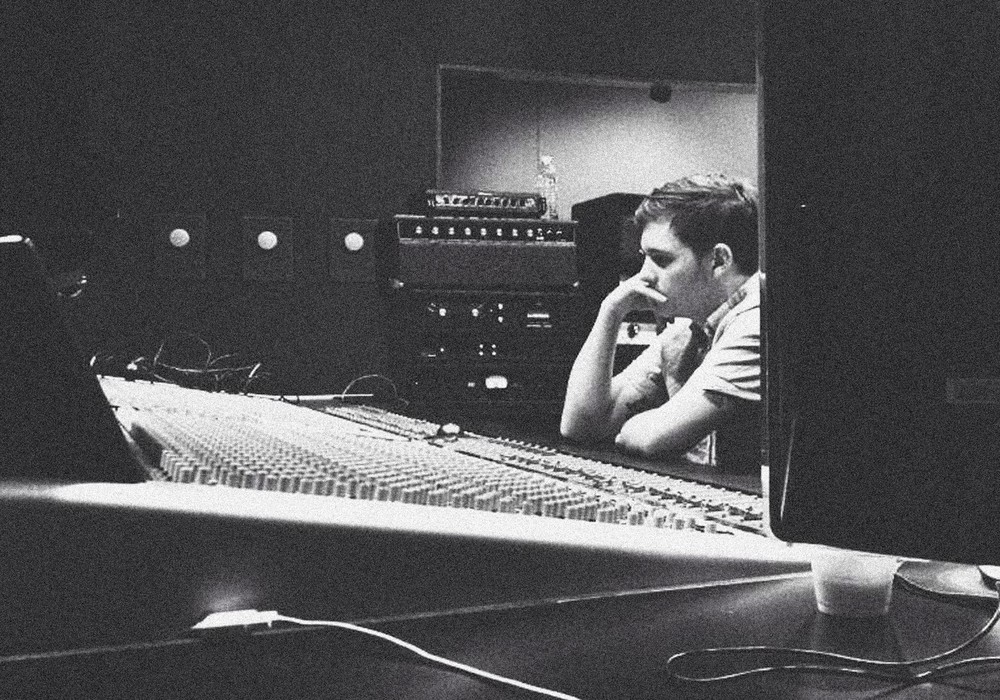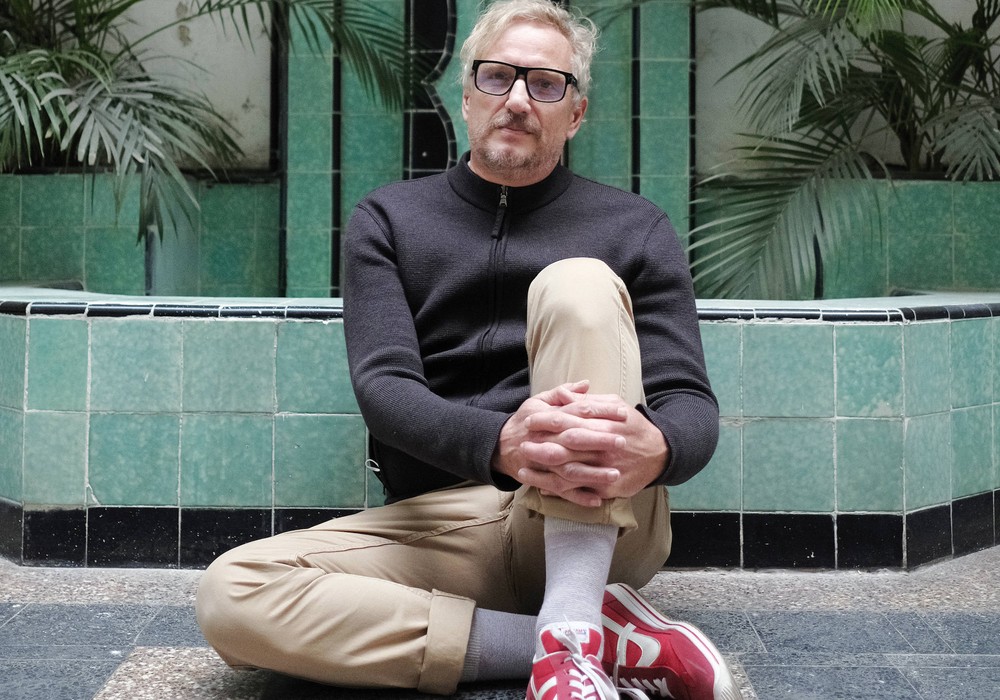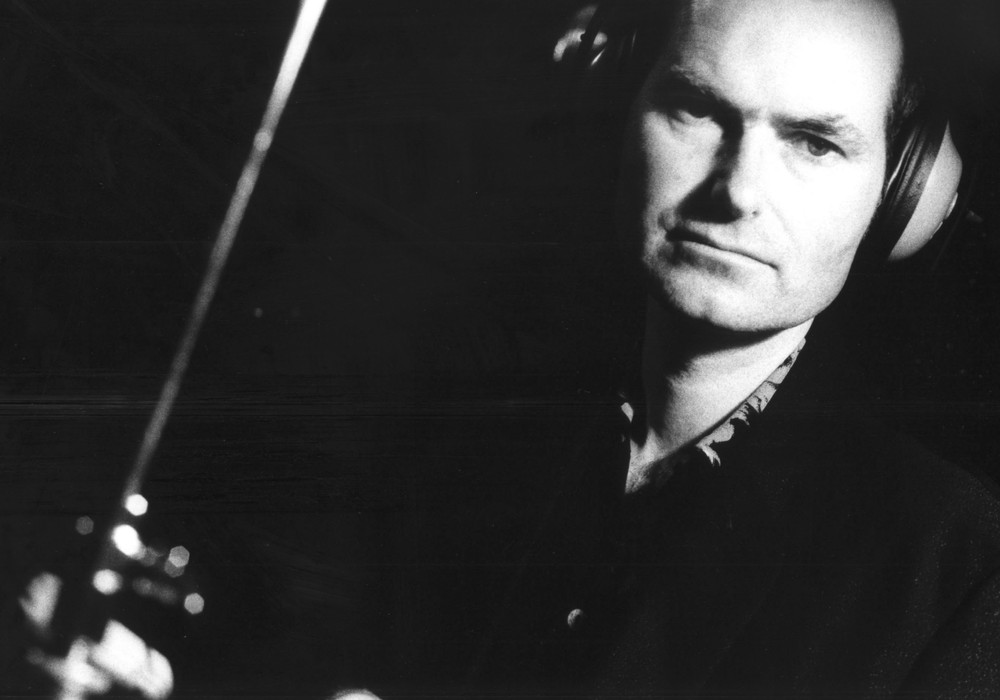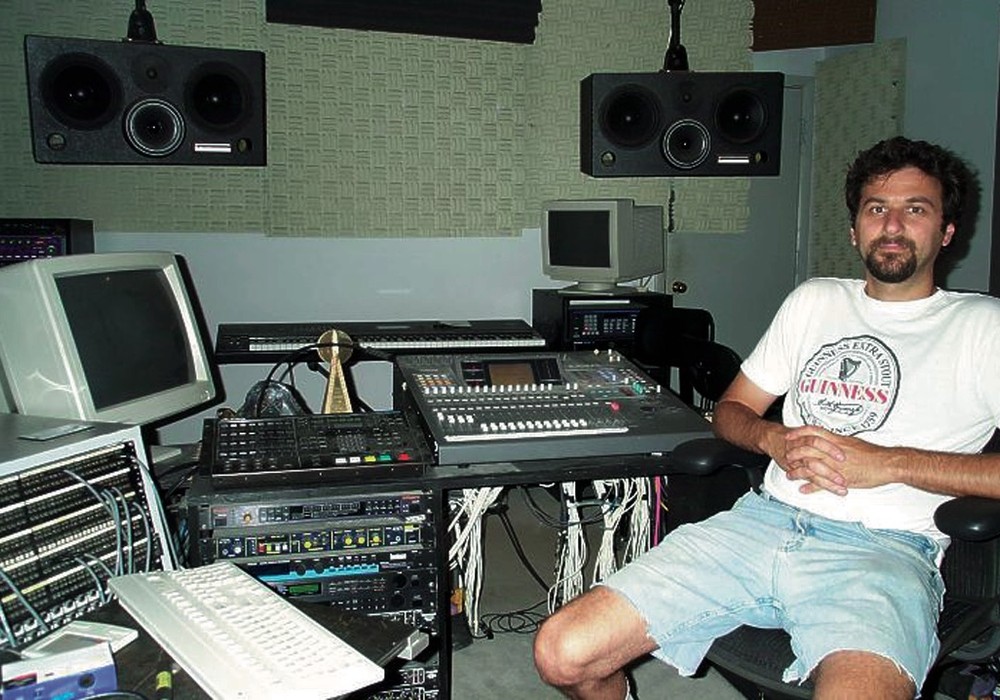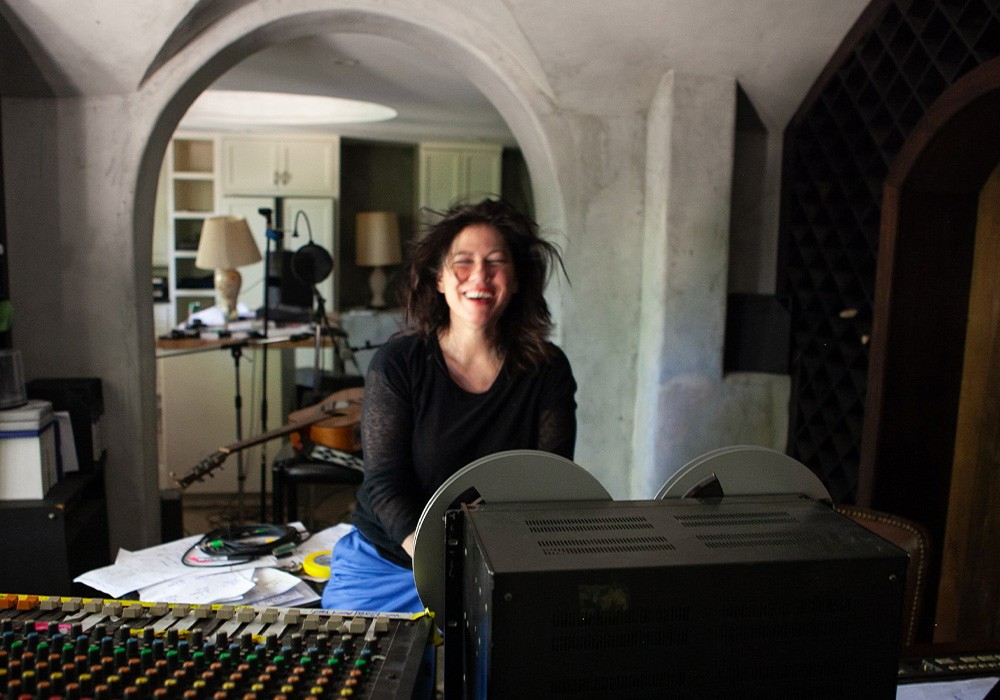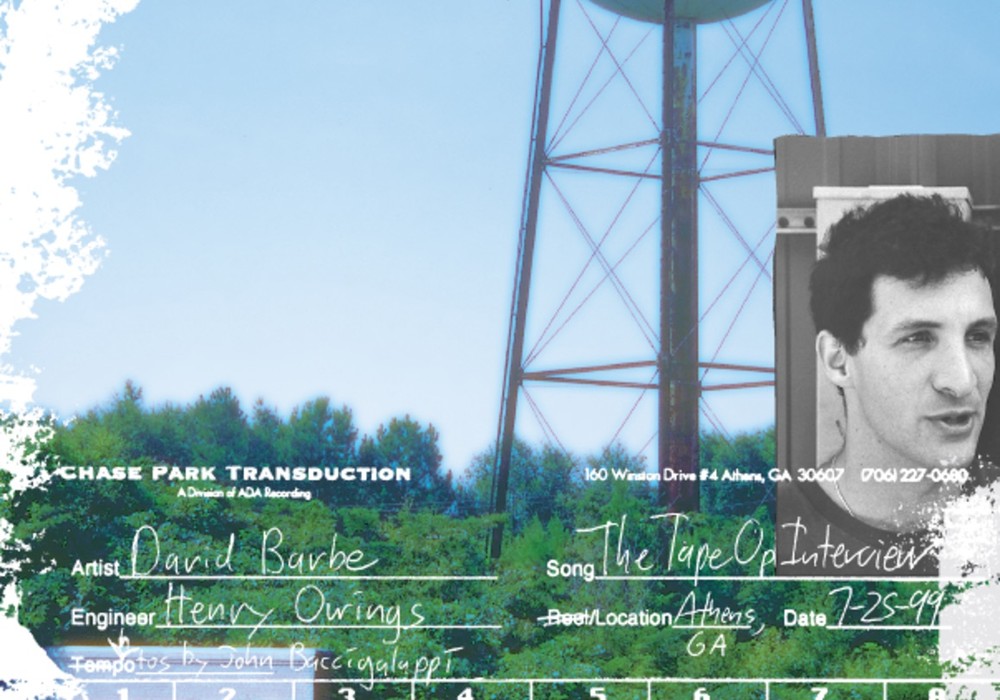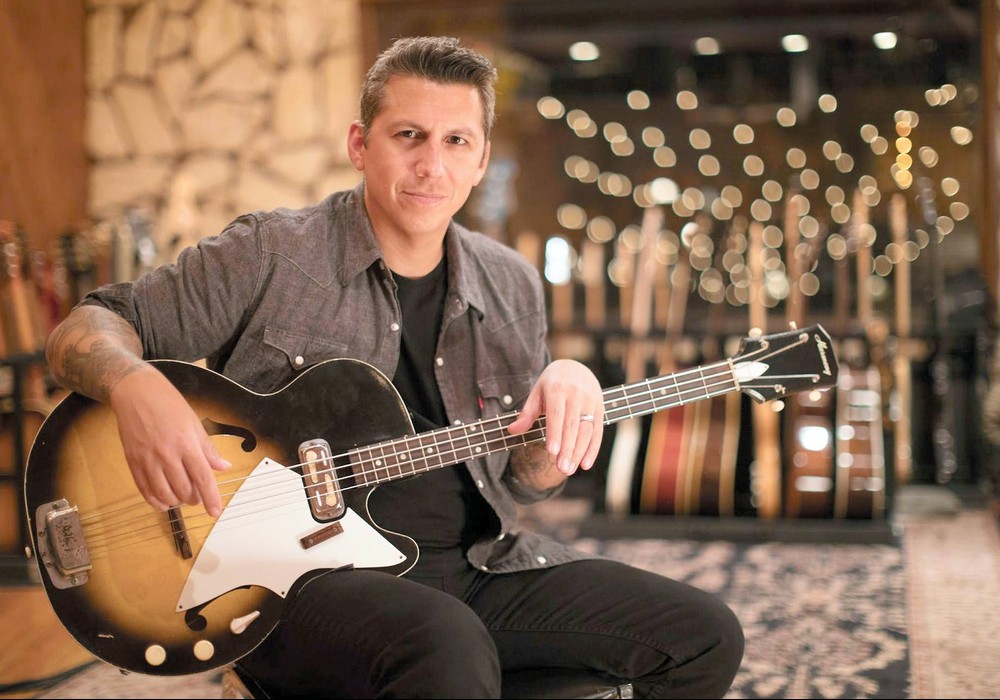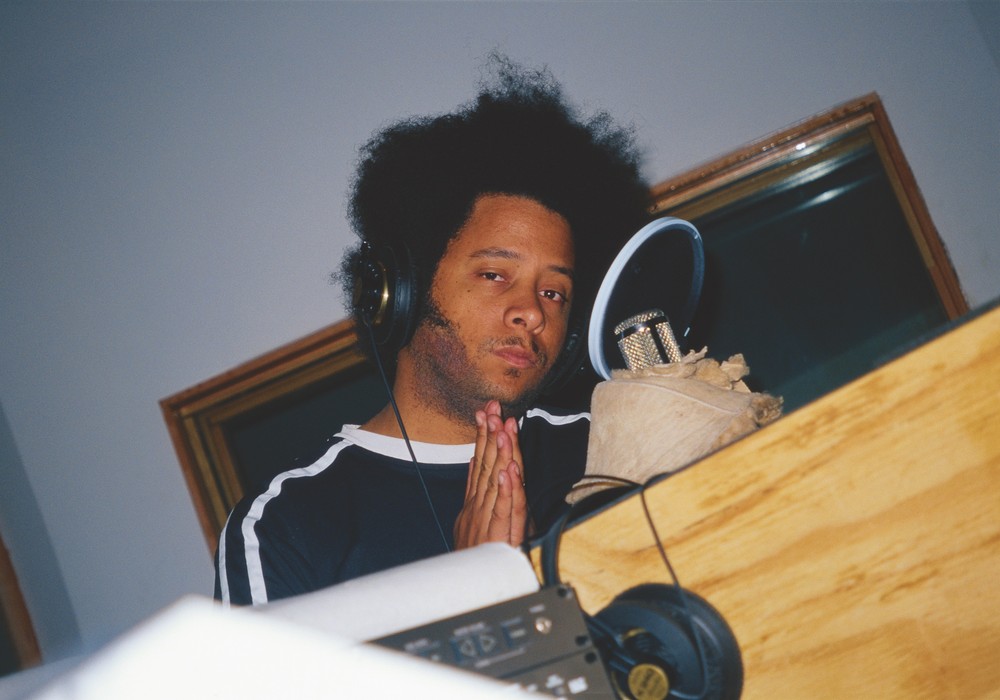"This is a good story to start a Tape Op interview," Chris Cohen of Deerhoof tells us as we press record on the tape recorder. "I just learned yesterday that you can use inserts in Pro Tools Free. Up until now, every time we'd do an edit or EQ something or add an effect, we'd process it all. So if we wanted to change something, we'd have to go all the way back to the beginning. This morning I was trying to figure out how many years of my life I wasted by not knowing that." A step back: Our band The Mae Shi shares a record label (Kill Rock Stars) with Deerhoof. As home recordists, we had often dreamed of a time when we could afford a professional recording session, and our dream producer list invariably included names like Steve Albini [Tape Op #87], Brian May, Flood [#115]... and whomever recorded Deerhoof's Milk Man. Milk Man seemed like a real achievement — every guitar arpeggio, every bass hit, and every drum hit had an effect. Spin called it "a perfect album." When we approached the band to ask who had recorded the album, we were shocked to find that there were no producers, two- inch tape machines or expensive German microphones used. Milk Man was recorded by the band itself, on three Mac G3 iBooks running Pro Tools Free simultaneously, with most tracking taking place in an attic in Chris' parents' house. For their most recent record, The Runners Four, the quartet (drummer and founding member Greg Saunier, singer and guitarist Satomi Matsuzaki, and guitarist John Dieterich are the other three members) upgraded to a Digi 002 Rack and Pro Tools LE and rented a 200 square foot practice space for tracking. The band has mastered their last seven albums and EPs — Holdypaws, Halfbird, Reveille, Apple O', Milk Man, Green Cosmos and The Runners Four — themselves, using a homemade system that makes no differentiation between mixing and mastering. We sat down with Greg, John and Chris in Chris' Oakland apartment and discussed recording, songwriting and mastering over homemade pasta and apple pie.
How did the recording process evolve? How were the first albums recorded?
Greg: Well, before Chris and John were in the band, it was all done on my 4-track. One day I came home from college and my parents had bought a new stereo — it was very a low-quality one with all kinds of flashing lights. But it had this ten-band equalizer component, and I borrowed it so I could EQ two of the tracks on my 4-track. I also had this dbx compressor that could only compress 1.4:1 — that was the maximum. It was for audiophiles to listen to classical music. I don't know what it was called, it just had one knob for ratio and one knob for gain.
So a lot of your approach to EQ'ing came from working with this kind of stuff? This was your outboard gear?
G: You say outboard gear, but it was a 4-track — it didn't have any outboard gear capability. It didn't have effects sends. What I would do is take one of the outputs from one track, send it to something and then plug it back into the mic jack, and to get the final mix I'd use the headphone output.
That's how The Man, The King, The Girl was recorded? What about Holdypaws?
G: Holdypaws we recorded with a friend, a friend who had what at the time was a $30,000 Pro Tools system and we recorded at his house. The Man, The King, The Girl and Halfbird were recorded on a 4-track.
How much have you guys recorded with other people? Nowadays you primarily record yourself, right?
G: Put it this way — Holdypaws was the only time something got done start to finish with somebody else's help. I had been working on the 4-track for several years, having a very frustrating time. On the early records I'd do something like sit there with this cheap, ten-band equalizer and have the stereo set so Nevermind was playing on the CD player and the 4- track was playing on the other input and I'd try to make the bass drum sound like the bass drum on Nevermind, and then do that with the guitar and the bass. I got to where I felt like I was pretty good at it, but here was somebody offering to record us with this fancy recording system, and so I'd think to myself, "This is it! All my problems will be solved! All the secrets will finally be revealed by someone who really knows how to record." But as soon as we started working on Holdypaws, I realized no one's more qualified to record Deerhoof than we are. Professional engineers have their experience, but I had my experience too, and even though it was self-generated and kind of weird, it still ended up counting for something. Ever since then, we've always done most of the work. It seems like you can either go to a medium or high-budget studio for one day, or you can use the equipment you have or can borrow from friends, and do it as long as you want. I realized there was no comparison — the time was so much more valuable than the fanciness of the equipment.
MS: Maybe we can talk about the record- ing of a particular song then. How did the song "Milk Man" get recorded?
G: When I first wrote it, Satomi and I were in Japan. I had been told many times that Deerhoof is cool because of the way we were so heavily influenced by Shonen Knife, and I would think, "That's cool... one of these days I'll have to hear them." We got a chance to go see them in Japan — it was the first time for both of us — and we really liked it. And the next morning I woke up and I had all these musical ideas in my head that actually were influenced by Shonen Knife. Later, we decided we wanted to record it, and Chris, John and I each had computers that had Pro Tools Free on them. With...
